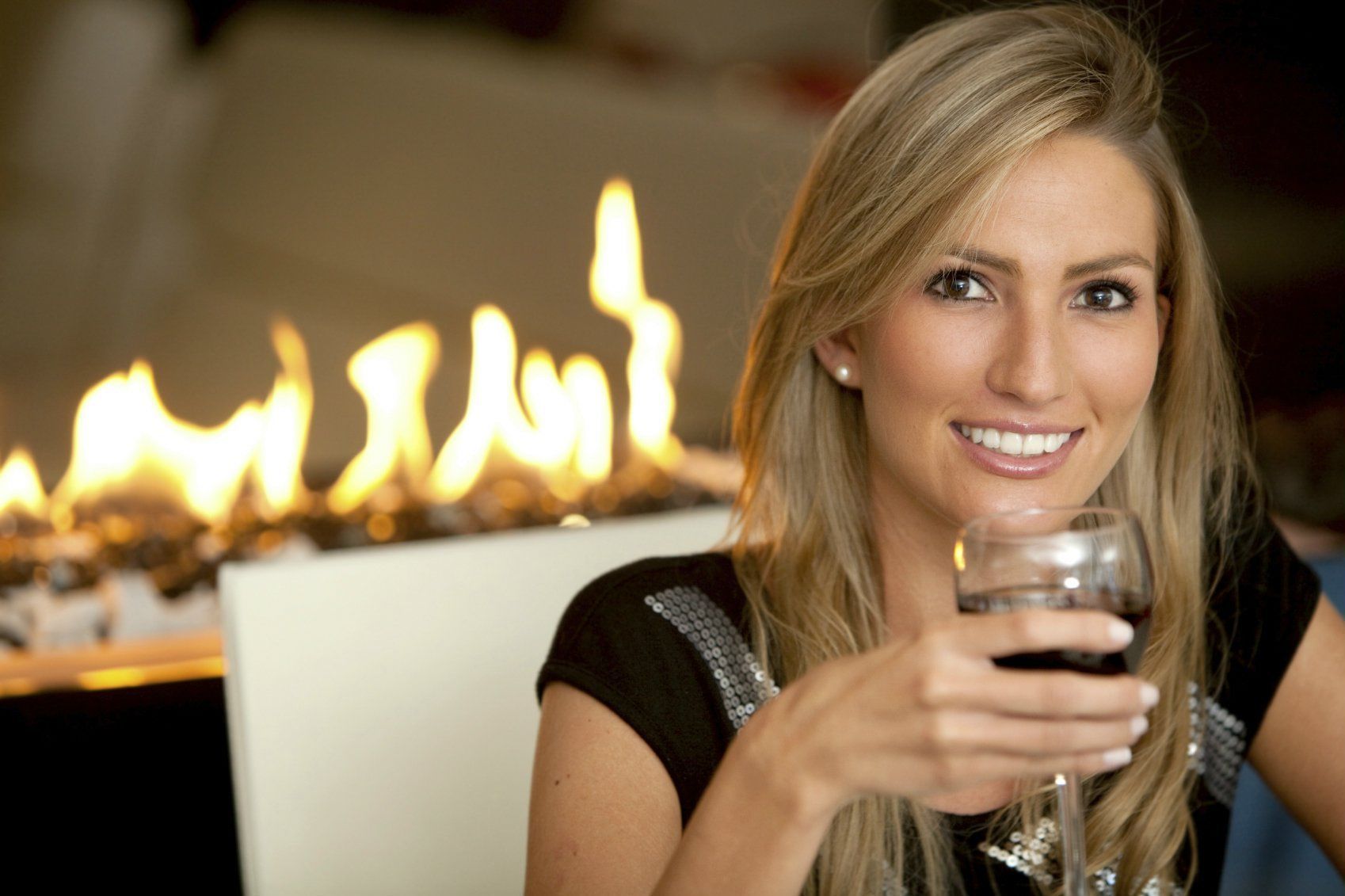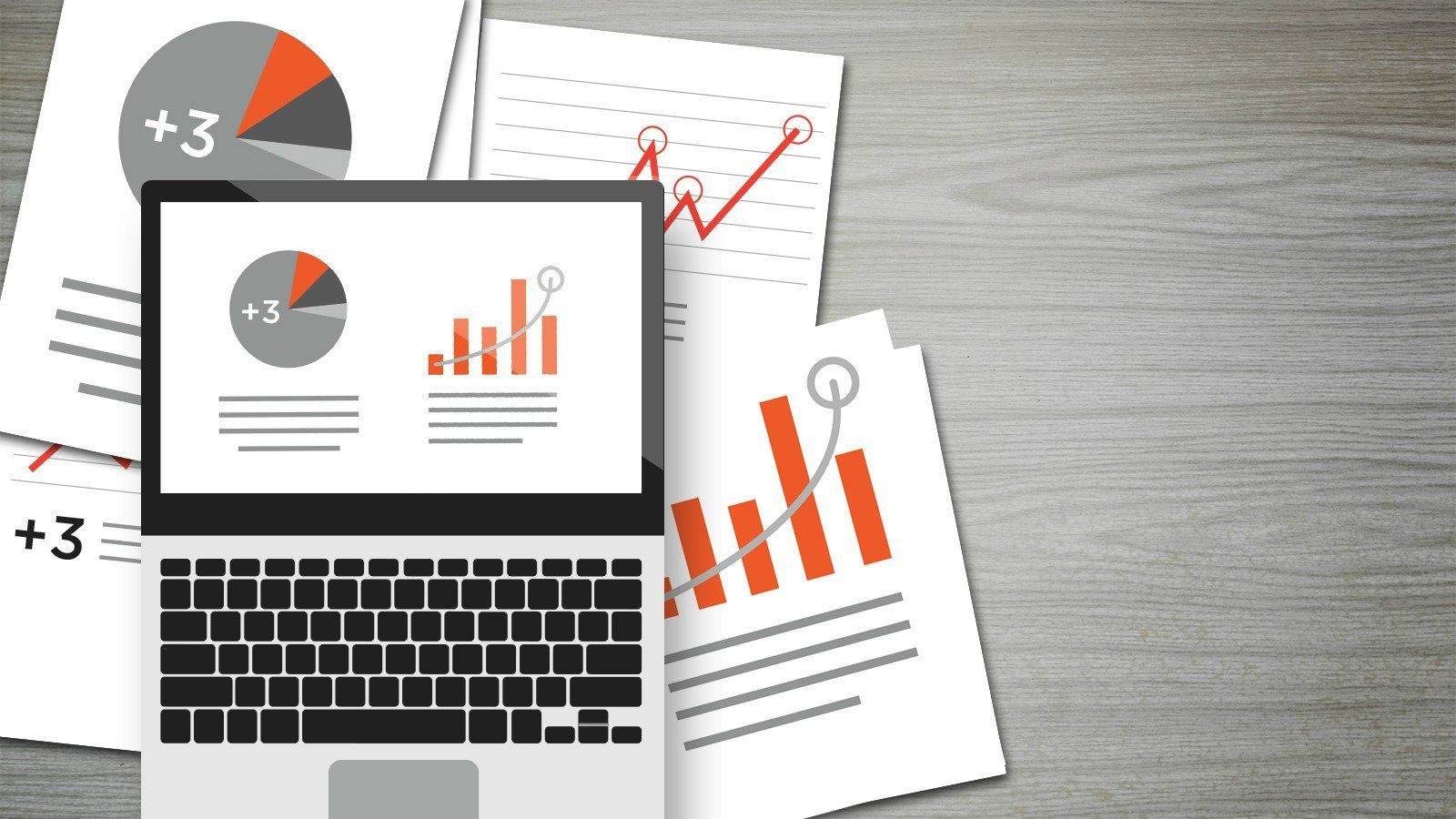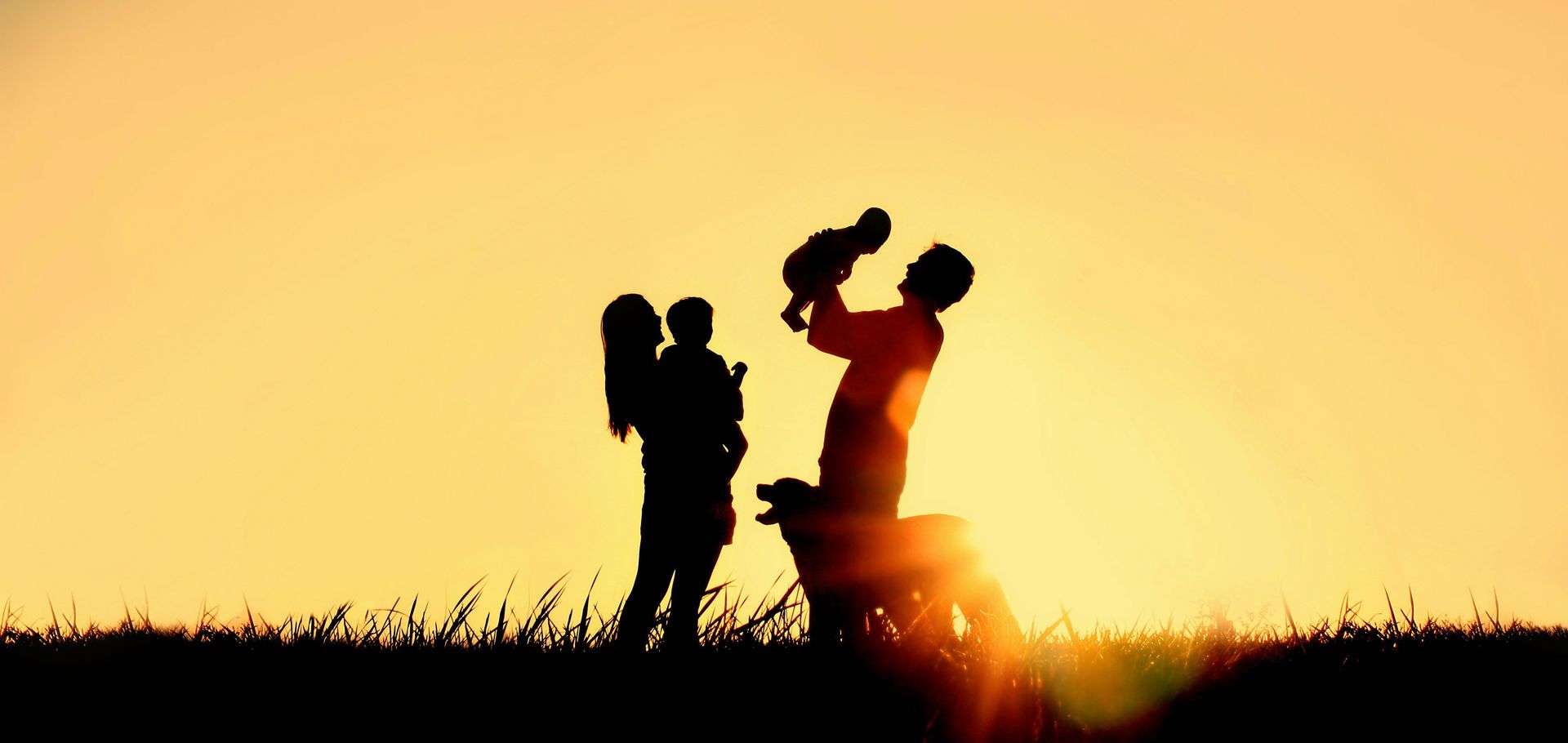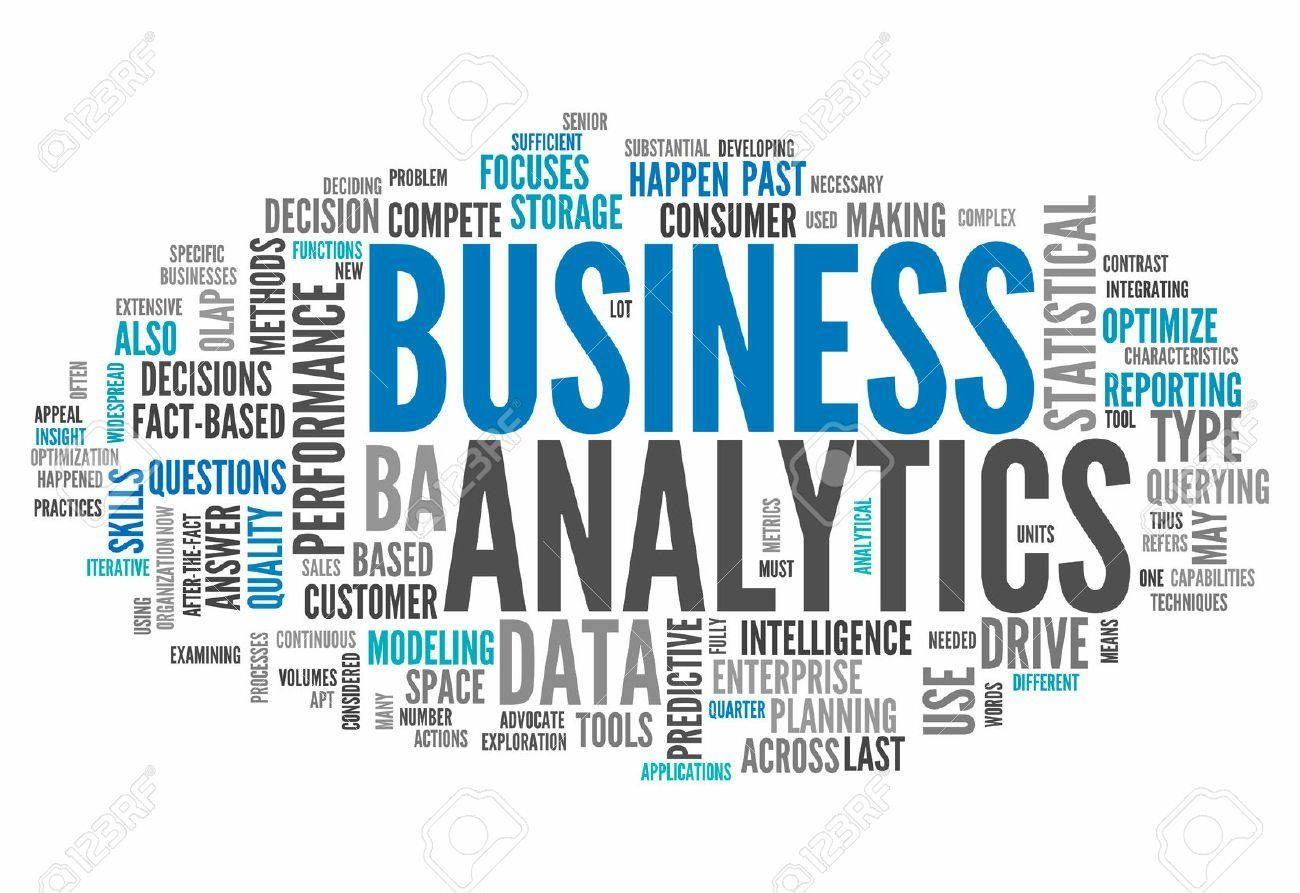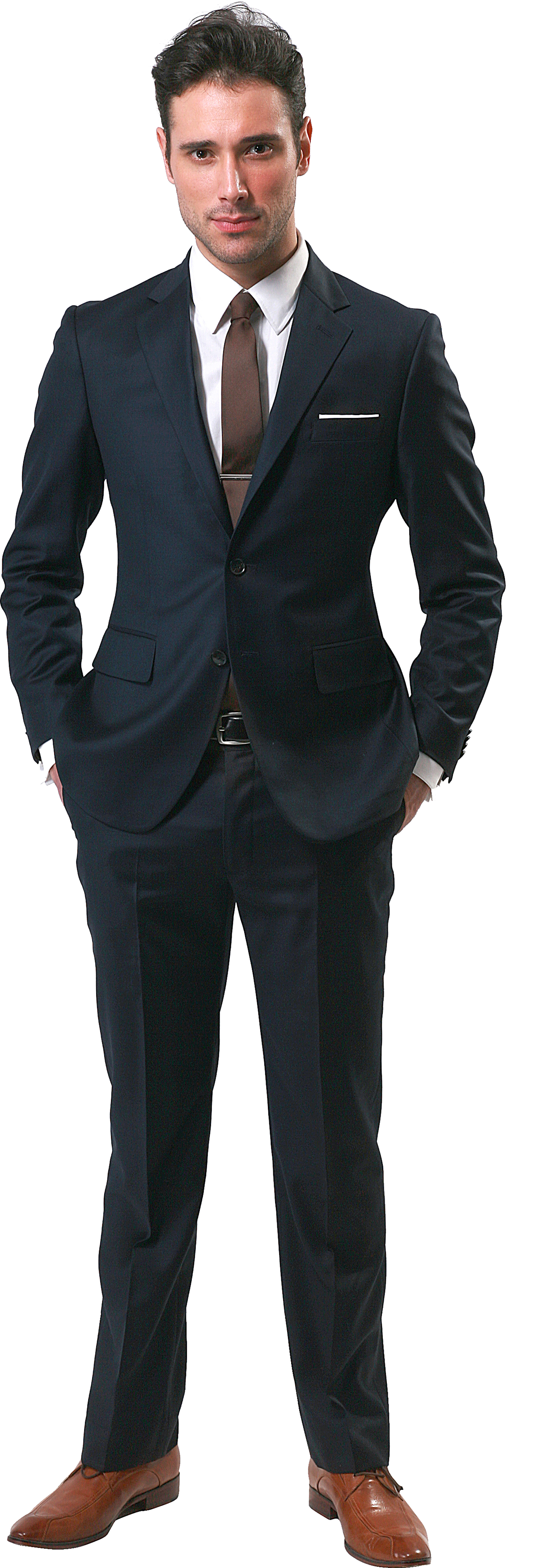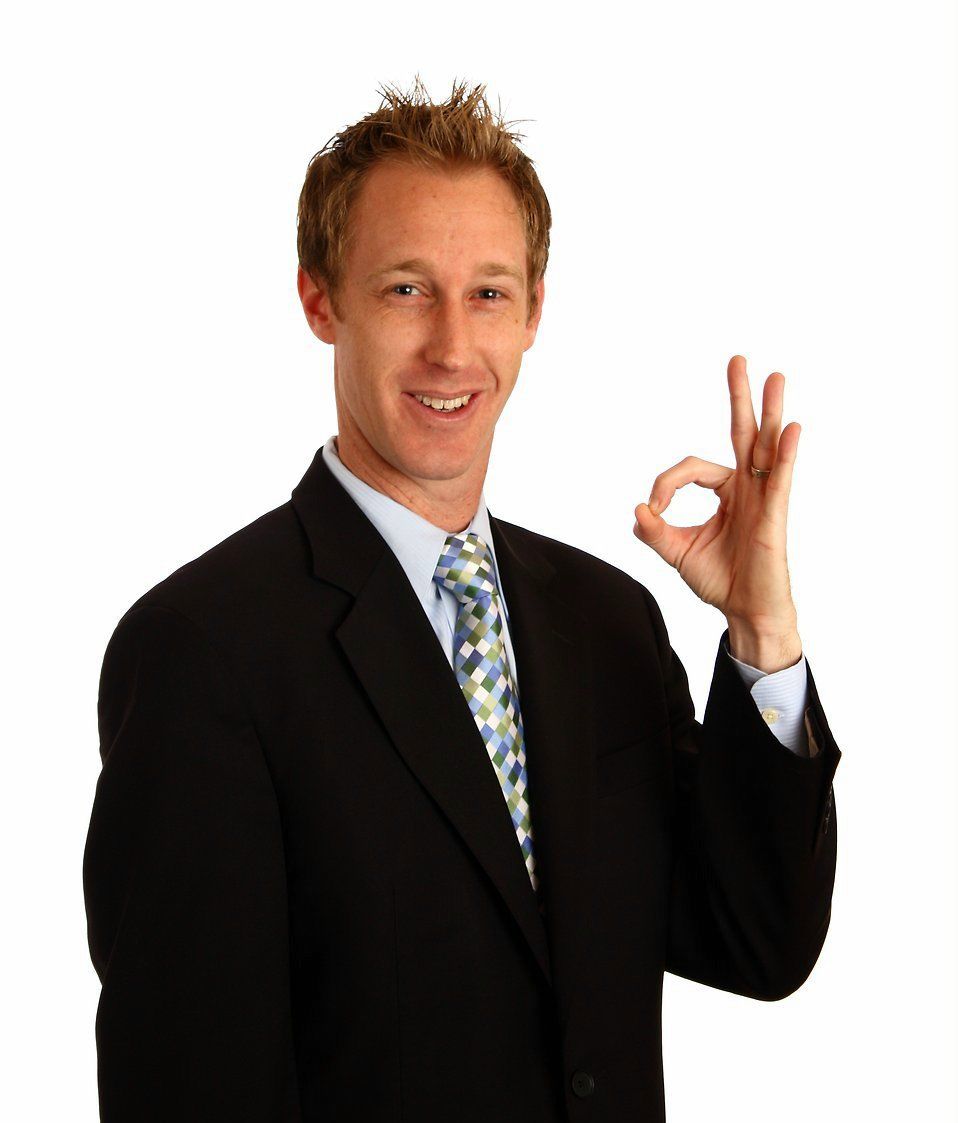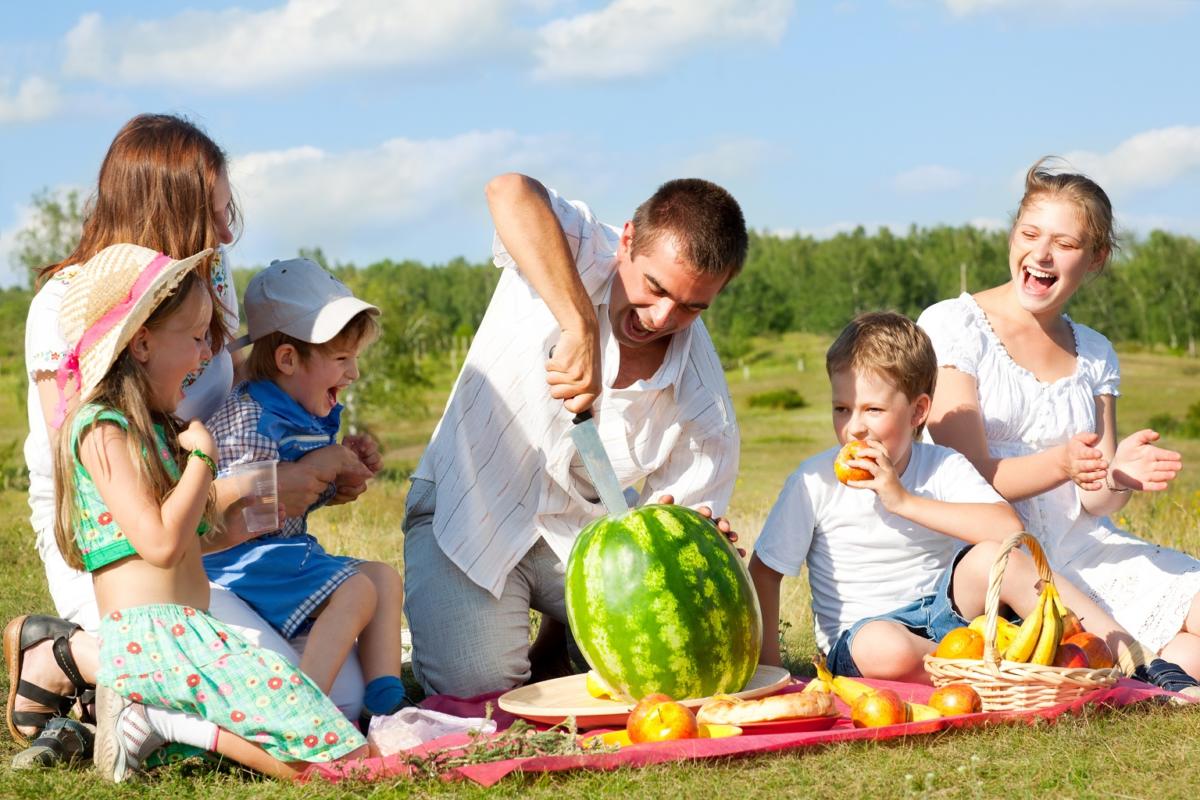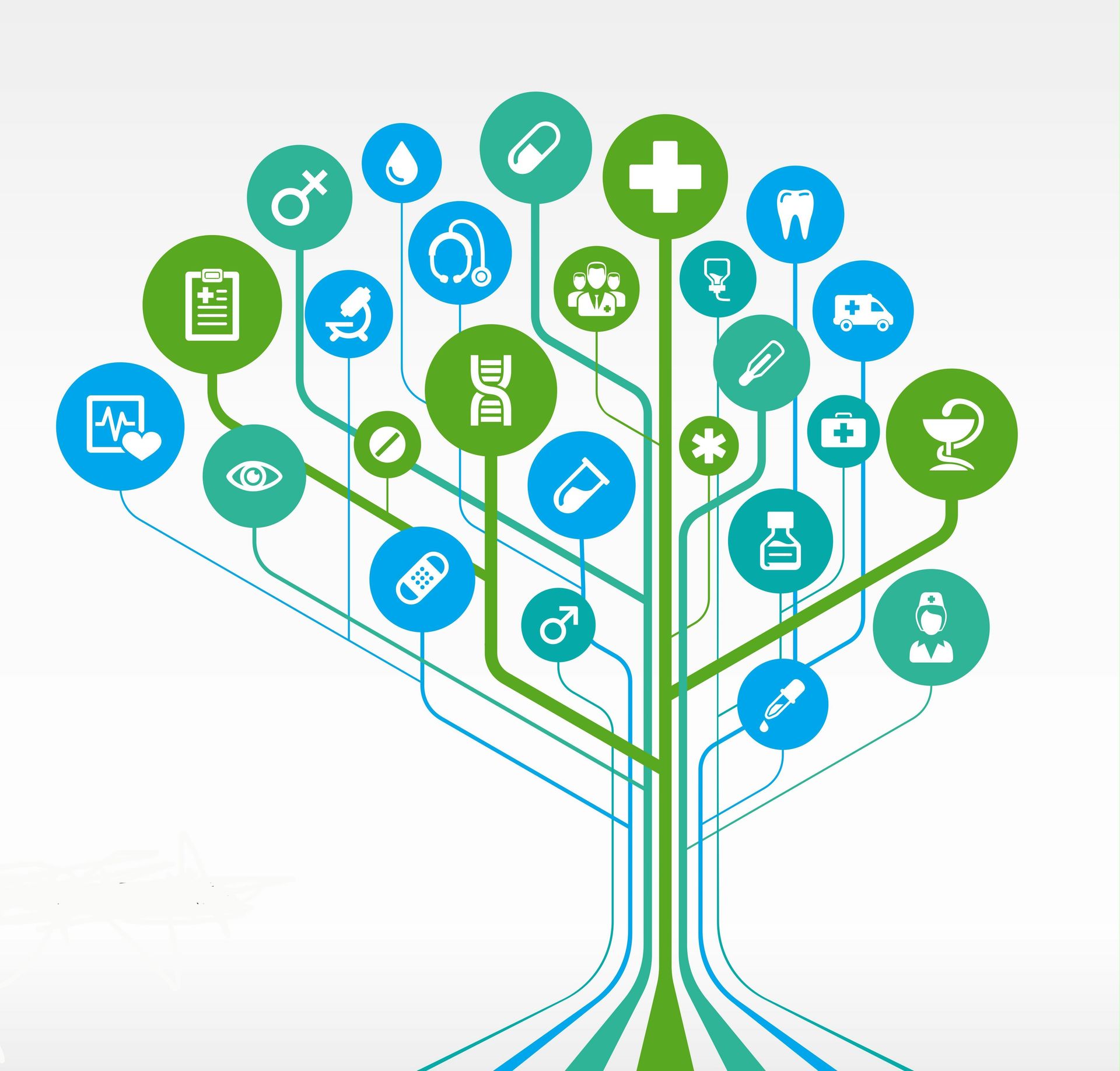The screen glowed, a cold beacon in the dim room, reflecting the exhaustion etched on my face. Another profile, another swipe. Then, the familiar sting: “Must be DDF & clean.” My thumb hovered, a silent protest against the casual cruelty of it all. What did that even mean? A quick scrub with dish soap? A recent bath?
It wasn’t just this one. It’s a constant refrain, echoed across countless bios, a silent litmus test applied to potential connections. “Clean,” as if human beings, with their complex ecosystems of bacteria, viruses, and vulnerabilities, could ever be reduced to such a sterile, absolute state. It feels less like a medical preference and more like a declaration of moral superiority, sorting the world into the worthy and the, well, the *unclean*.
A Soil Conservationist’s Wisdom
I remember an evening, sitting with Emerson R.-M., a soil conservationist I’d met at a community garden workshop. We were talking about soil, funnily enough, and the pervasive misconception that ‘good’ soil is ‘clean’ soil, free of anything but the desired crop.
He’d leaned back, a smudge of earth on his cheek, and said, “You know, the richest, most fertile soil is never ‘clean’ in that sterilized sense. It’s a riot of life – fungi, bacteria, nematodes, decaying matter. Each element, even the ‘imperfect’ ones, contributes to the overall health. Try to ‘cleanse’ it completely, and you just have inert dirt, incapable of sustaining anything.”
His words, like many profound

